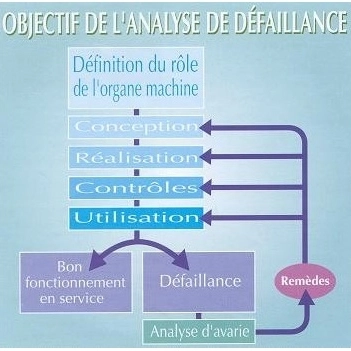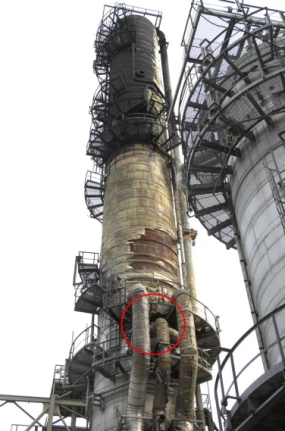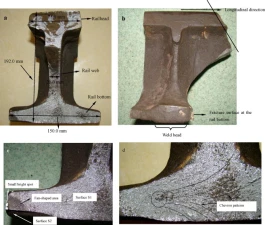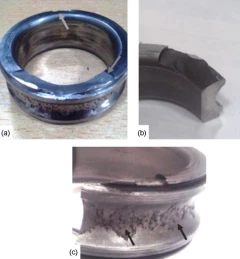 Un ouvrage publié par le Cetim qui fait le point sur le sujet.
Un ouvrage publié par le Cetim qui fait le point sur le sujet.
La corrosion est définie comme l’intéraction physico-chimique entre un métal et son milieu environnant. Elle entraîne la dégradation des propriétés fonctionnelles de l’équipement. Cette interaction est généralement de nature électrochimique.Les mesures de la corrosivité d’une atmosphère sont réalisées soit par mesure des polluants, soit par mesure de la vitesse de corrosion par exposition sur site de coupons de corrosion.Cet ouvrage fait le point sur les quatre classifications des corrosivités d’atmosphères répertoriées dans des normes de protection anticorrosion, ainsi que leurs formes qui varient selon le support métallique sur lesquelles elles s’appliquent : aciers, aciers inoxydables, alliages, aluminium, tôles, cuivres, etc.
Plus d’info : cliquez ici




 L’analyse des défaillances d’organes de machines
L’analyse des défaillances d’organes de machines
 A new interesting paper in
A new interesting paper in 
 Premature failure of a taper roller bearing was investigated to arrive at the root cause. The investigation included visual examination, chemical analysis, optical metallography, hardness and estimation of retained austenite. The metallurgical properties were as per the specification. The reason for premature failure was traced to misalignment that led to uneven load distribution of the rollers and the raceway. The failure mechanism illustrated was in agreement with the test results and also in concurrence with the earlier theoretical studies found in literature.
Premature failure of a taper roller bearing was investigated to arrive at the root cause. The investigation included visual examination, chemical analysis, optical metallography, hardness and estimation of retained austenite. The metallurgical properties were as per the specification. The reason for premature failure was traced to misalignment that led to uneven load distribution of the rollers and the raceway. The failure mechanism illustrated was in agreement with the test results and also in concurrence with the earlier theoretical studies found in literature.
